Europa/España/29-09-2019/Autora: Paula González/Fuente: El País
Por: Paula González
Miguel Camarena, medallista nacional e internacional y licenciado en Ciencias del Deporte, no solo explica el porqué, sino cómo hacer que nuestros hijos estén sanos.
En jóvenes y adolescentes de siete a 17 años, la Organización Mundial de la Salud define la actividad física como: “juegos, deportes, desplazamientos, actividades recreativas, educación física o ejercicios programados, en el contexto de la familia, la escuela o las actividades comunitarias”. Deben ser actividades diarias de 60 minutos de intensidad moderada o alta y los beneficios serán mayores para aquellos chavales que practiquen deporte más de una hora al día.
● Desarrollar un aparato locomotor (huesos, músculos y articulaciones) sano.
● Desarrollar un sistema cardiovascular (corazón y pulmones) sano.
● Aprender a controlar el sistema neuromuscular (coordinación y control de los movimientos).
● Mantener un peso corporal saludable.
Miguel Camarena cree que “hoy en día el sobrepeso en niños y niñas se ha disparado y va en aumento, en parte por la inactividad, ya que se ha cambiado el pilla pilla y el juego del pañuelo por las consolas”. Es cierto que los videojuegos fomentan también otro tipo de habilidades cognitivas y es positivo que los pequeños desarrollen su creatividad e imaginación con actividades más sedentarias como la pintura, los juegos de mesa, la música o la lectura.
Sin embargo, teniendo las clases a la vuelta de la esquina, ya serán suficientes horas de estar parados, concentrados en una actividad más tranquila. Por lo que las pautas que Camarena recomendaría a cualquier familia con hijos se pueden resumir en dos: “Lo más importante es que practiquen un deporte que les guste y, a ser posible, que prueben uno colectivo y uno individual, porque cada uno aporta valores distintos pero muy necesarios”. Así, quizá se pueda combinar la danza con el baloncesto, o la escalada con el balonmano. Según el gusto de cada uno.
Lo importante es que se muevan, ya que según los datos que recientemente ha publicado la fundación Gasol en su estudio PASOS, tan solo el 36,4% de la población infantil en nuestro país cumple con las recomendaciones de la OMS de una hora de actividad física al día. Esto contradice todos los beneficios físicos y psíquicos? que se conocen acerca del deporte hasta el momento: “Se ha demostrado que practicar un deporte genera conexiones neuronales y aumenta la inteligencia” dice Miguel.
En primer lugar, el atleta nos recuerda “que los niños no son adultos en miniatura y que requieren un trato emocional correcto y un entrenamiento diferente de los adultos”.
Lo más importante, según Camarena, es “dejar decidir al niño qué deporte quiere practicar y, si quiere cambiar cada cierto tiempo, que pueda hacerlo. No castigar al niño nunca sin hacer deporte – porque el ejercicio le ayuda a relajarse y a estar mejor – y, sobre todo, no castigar al niño poniéndolo a hacer deporte”. Los castigos refuerzan la sensación de negatividad en una actividad y lograríamos justo el efecto contrario de lo que pretendemos.
En las actividades extraescolares es cada vez más habitual apuntar a los pequeños a competiciones, donde los padres van a animar, e incluso a veces a crispar el ambiente, así que Miguel nos recomienda: “Si tu hijo hace algún deporte, celebrar cada competición gane o pierda, porque así asocian el deporte, y no solo el ganar, a disfrute”. Esto no significa que no debamos acompañar a los pequeños, ya que ”hacer actividad física y ejercicio con los hijos es perfecto porque favorece nuestro vínculo con ellos”, asegura Miguel.
¿Y qué hay de los deportes de fuerza? ¿Son recomendados para los pequeños de la casa? Camarena lo tiene claro: “Si tu hijo quiere entrenar fuerza puede hacerlo porque esto no va a detener su desarrollo. Es un mito muy extendido que se frena el crecimiento por entrenar fuerza”.
Aún así, siempre hay que entrenar siguiendo los consejos de un profesional, adaptando las cargas – si las hay – a la forma física de los niños, y siempre nos debemos asegurar de que la equipación sea la adecuada a su talla. En especial el calzado, como nos advierte Miguel, y que vayan siempre con una cantimplora con agua ya que “muchas veces no sienten sed, pero deben cuidar la hidratación”.
Combatir el sedentarismo
Según la AEP (Asociación Española de Pediatría), no basta con seguir las recomendaciones de la OMS de una hora de actividad física al día, también hay que luchar de forma activa contra el sedentarismo con actividades como: Disminuir el tiempo sentados en medios de transporte; ir caminando al colegio; reducir el tiempo frente al televisor, ordenadores y videojuegos; y motivar a los niños a colaborar en tareas domésticas que precisen actividad física.
Como en todo, lo importante en la salud de los más pequeños radica en que ellos tomen ejemplo de lo que los adultos de su entorno hagan, así que quizá esta vuelta al cole pueda ser un buen momento para desempolvar las zapatillas de deporte y buscar una actividad que podáis disfrutar en familia.
Fuente e imagen: https://elpais.com/elpais/2019/09/13/mamas_papas/1568373773_766385.html






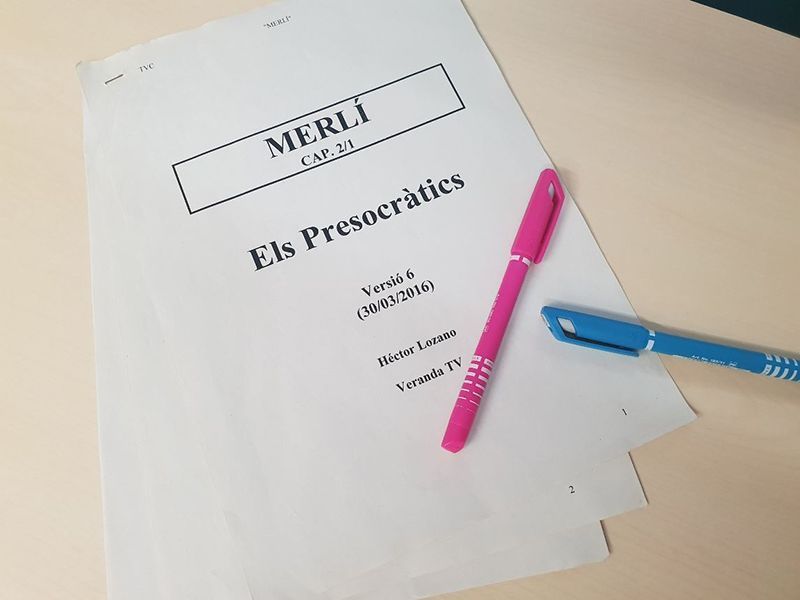
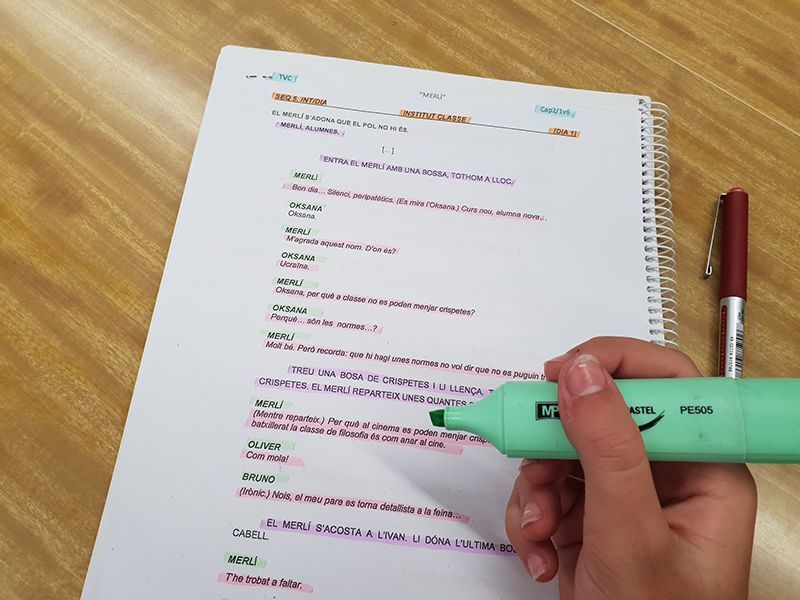
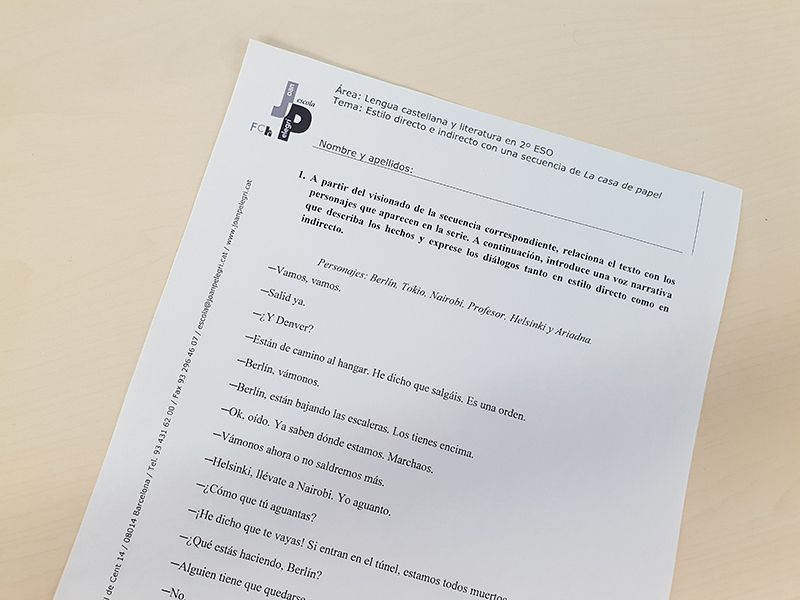
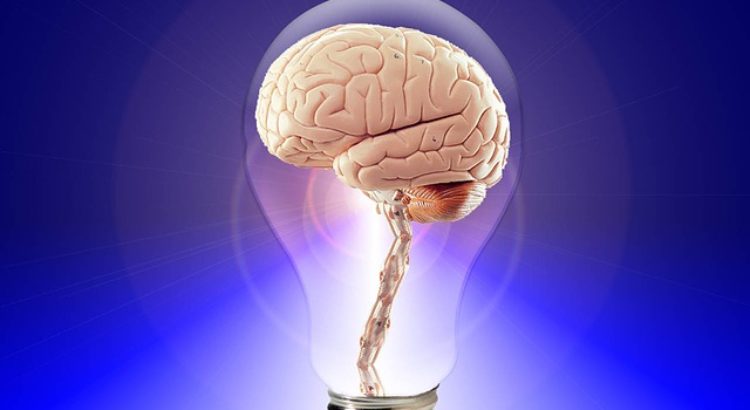
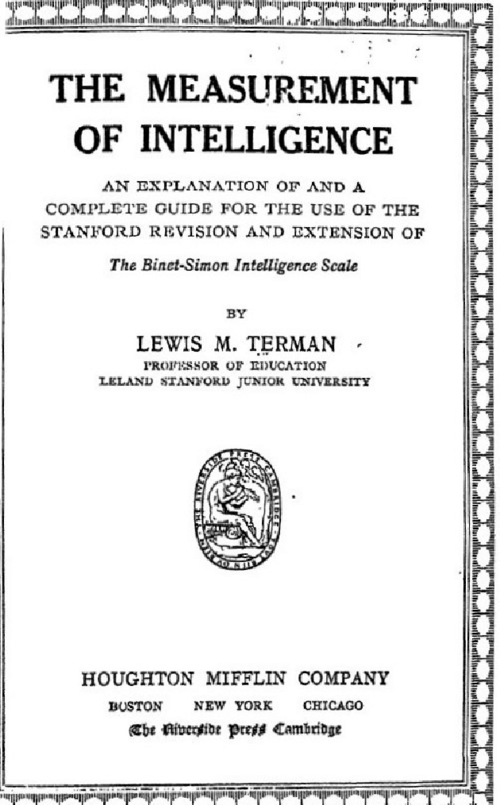







 Users Today : 7
Users Today : 7 Total Users : 35460270
Total Users : 35460270 Views Today : 8
Views Today : 8 Total views : 3418976
Total views : 3418976